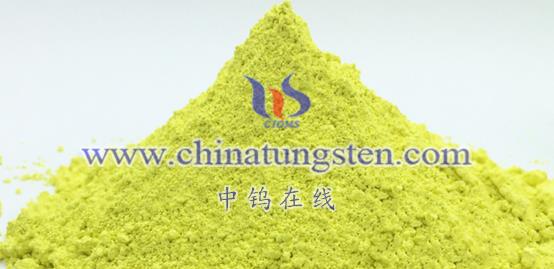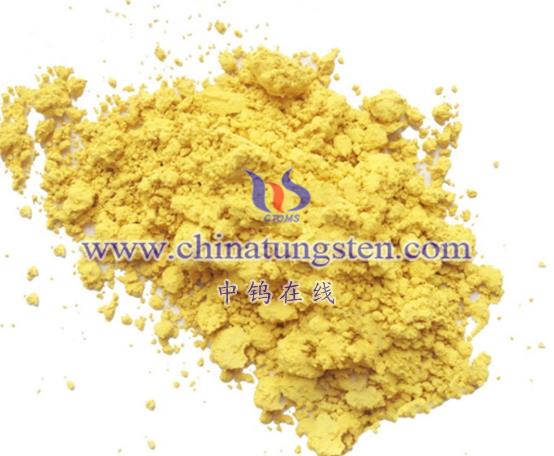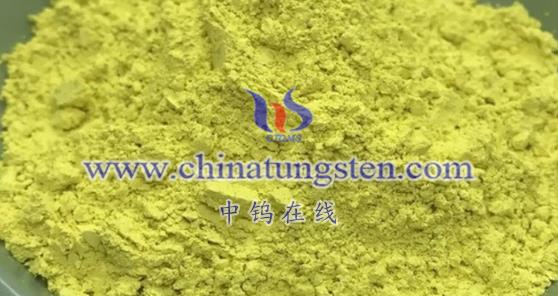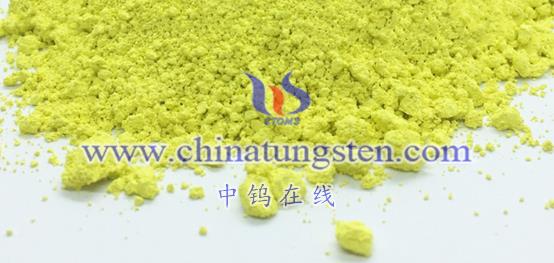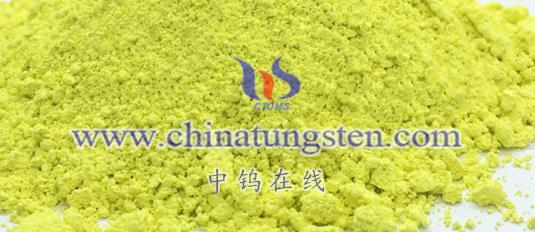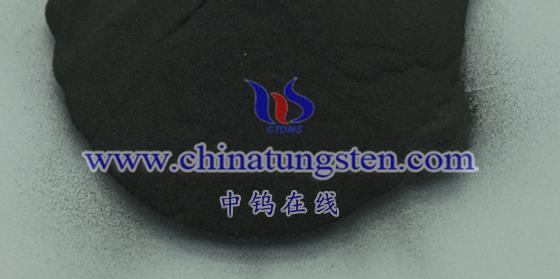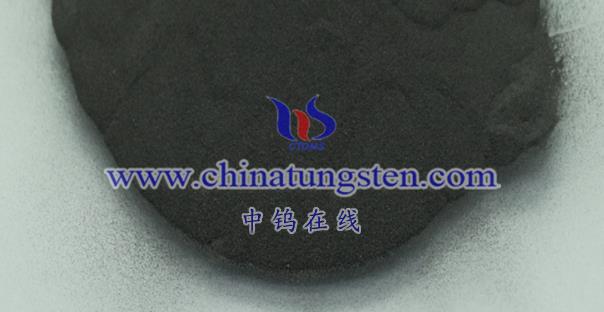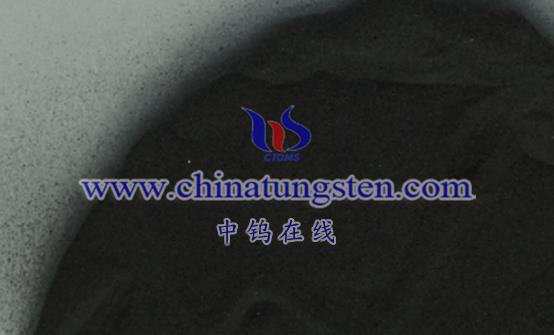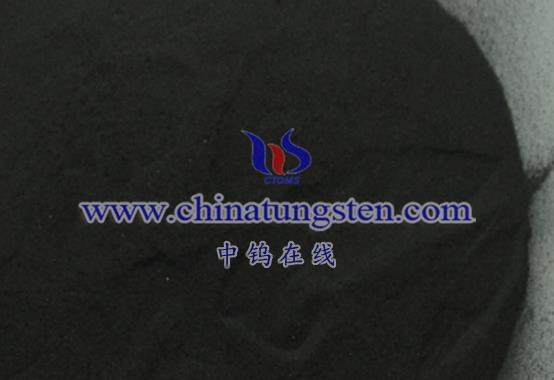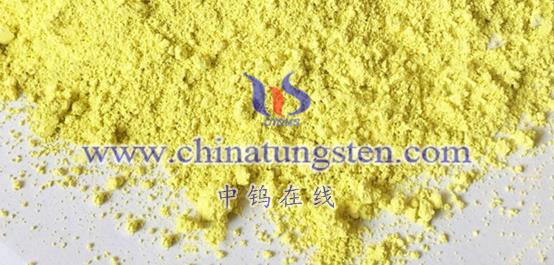
The photocatalytic principle of nano tungsten trioxide (WO₃) is primarily based on the photoelectric effect of semiconductor materials and redox reactions. Here is a detailed explanation:
- Basic Principle of Photocatalysis
Photocatalysts, also known as photocatalytic agents, are chemicals that catalyze reactions under light irradiation without undergoing any permanent change themselves. When a photocatalyst is exposed to light, the electrons in the valence band of its surface absorb the light energy and get excited to the conduction band, generating negatively charged electrons (e⁻) in the conduction band and leaving positively charged holes (h⁺) in the valence band. This forms a redox system.
- Photocatalytic Process of Nano Tungsten Trioxide
Photon absorption and generation of electron-hole pairs
As a semiconductor material, nano tungsten trioxide has a moderate band gap energy, allowing it to absorb light of certain wavelengths (such as visible or ultraviolet light). When the photon energy is equal to or greater than the band gap of nano tungsten trioxide, the electrons in the valence band are excited to the conduction band, forming electron-hole pairs.
Separation and migration of electron-hole pairs
The excited electrons and holes separate within the nano tungsten trioxide and migrate to the material’s surface. During this process, some electrons and holes may recombine, releasing energy, but most will move to the surface of the material and participate in subsequent redox reactions.
Surface redox reactions
The electrons that migrate to the surface are reductive and can react with oxidizing agents in the solution (such as oxygen). At the same time, the holes on the surface are oxidative and can react with reducing agents in the solution (such as water or organic substances). These reactions often produce highly chemically active radicals (such as hydroxyl radicals •OH and hydrogen peroxide H₂O₂), which can further participate in the degradation of organic matter or the decomposition of water.
- Enhancing the Photocatalytic Performance of Nano Tungsten Trioxide
Since the pure form of nano tungsten trioxide may not have ideal photocatalytic performance, certain methods are typically used to enhance its efficiency, including:
Semiconductor composites
Combining nano tungsten trioxide with other semiconductor materials to form composite semiconductor catalysts can broaden the light absorption range, improve charge separation efficiency, and enhance photocatalytic performance.
Metal doping
Doping nano tungsten trioxide with small amounts of metals (such as platinum, ruthenium, etc.) can create electron or hole trapping centers, promoting the separation and migration of electron-hole pairs.
Morphology control
By controlling the morphology of nano tungsten trioxide (such as nanosheets or nanorods), more active sites can be exposed, and the specific surface area can be increased, thus improving photocatalytic performance.
In conclusion, the photocatalytic principle of nano tungsten trioxide is based on the photoelectric effect and redox reactions of semiconductor materials. By optimizing its composition, structure, and morphology, the photocatalytic performance of nano tungsten trioxide can be significantly enhanced, broadening its application areas.
More details of tungsten oxide product, please visit website: tungsten-oxide.com
Please contact CHINATUNGSTEN for inquiry and order of tungsten oxide:
Email: sales@chinatungsten.com
Tel.: 86 592 5129595
